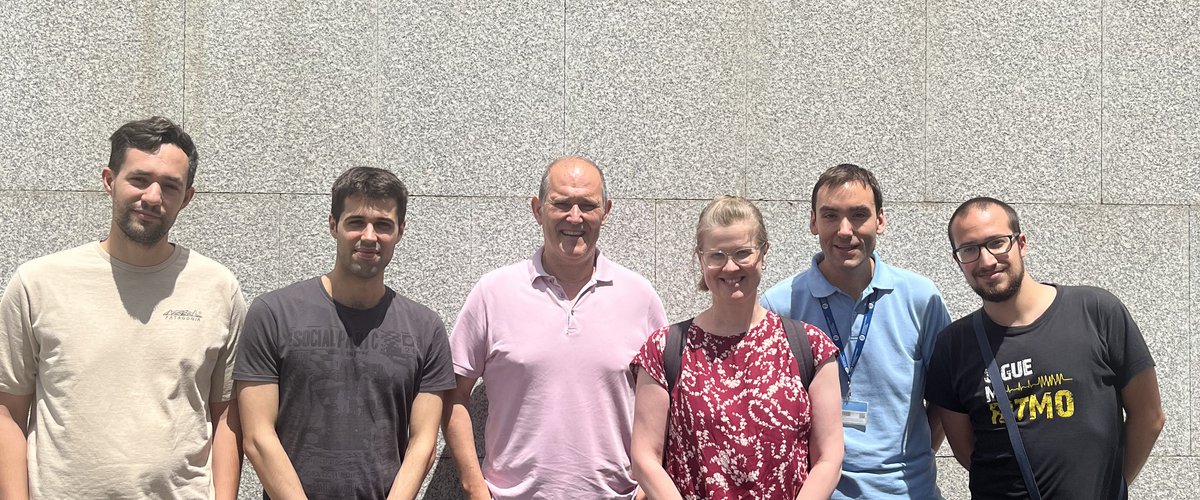
Trace Element Recovery from Saltwork bitterns
This month Anumaija Leskinen from VTT visited the UPC team in Barcelona to review the work also carried out with University of Helsinki, as well as plan their next scientific publication.
Seawater contains most the elements from the periodic table, but as 99% of seawater salts consist of just 6 ions: chloride (Cl−), sodium (Na+), sulfate (SO24−), magnesium (Mg2+), calcium (Ca2+), and potassium (K+), the remaining ions are known as Trace Elements (TEs).
The SEArcularMINE project uses saltwork bitterns, the liquid left behind after sea salt has crystallised and been harvested, this liquid is up to 40 times more concentrated than seawater. At these higher levels of concentration, the recovery of TEs becomes potentially economically viable.
SEArcularMINE partners Universitat Politecnica de Catalunya (UPC), VTT Technical Research Centre of Finland (VTT) and University of Helsinki (UH) have been working together to explore the feasibility of recovering a number of different TEs using simple, efficient and low-cost methods – selective sorption and ion exchange.
The ions which have been investigated are: Boron (B), Cobalt (Co), Galium (Ga), Germanium (Ge), Rubidium (Rb), Strontium (Sr), and Caesium (Cs).
Learn more in their published article Polymeric and inorganic sorbents as a green option to recover critical raw materials at trace levels from sea saltwork bitterns.

Top Picture from left to right: Julio Lopez, Sergi Vinardell, Jose Luis Cortina, Anumaija Leskinen, Marc Fernández de Labastida, Victor Vallès.